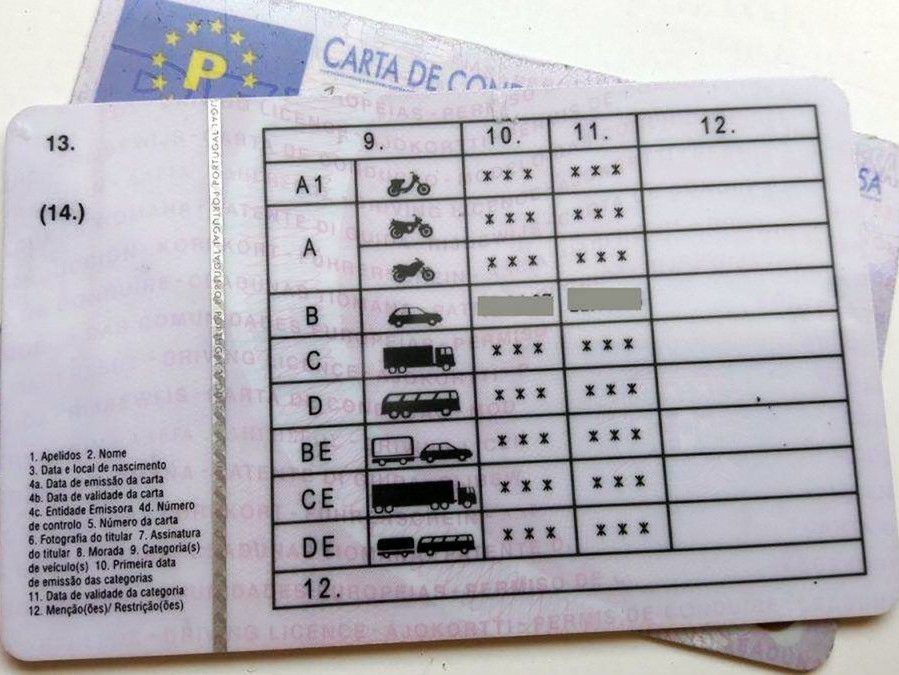In a statement reported by NM, the organisation acknowledges the "complementary role of 'accompanied driving, under duly regulated conditions.'"
This does not replace "training provided by qualified professionals," noting that driving instruction is "a complex pedagogical process, involving real risks and requiring technical and didactic skills that only certified instructors possess."
The organisation also warns about the end of the requirement for the tutor to attend the common road safety module "with the student": "This also seems like a wrong step," it says in a statement.
According to ANIECA, Norway has stopped promoting accompanied driving, while in other countries, it is possible to obtain a license under the accompanied driving regime.
However, it must be with an immediate family member, a supervised test, and the driving period must be "much longer than currently proposed." Examples are cited in Austria and France, with 3,000 km.
In the case of the United States, according to the association, "training through accompanied driving is "strongly entrenched," and the road fatality rate is twice as high as that recorded in Portugal.
On the other hand, a proposed change to a Community directive was rejected when I wanted to impose monitored driving.
Warning against "alleged simplification"
ANIECA president Antonio Reis was blunt in his words: "We cannot allow road safety to be jeopardised in the name of alleged simplification. Replacing training provided by specialised professionals with supervision provided by people without adequate training opens the door to more accidents and more victims on our roads.
That said, the director emphasised that "assisted driving is an excellent complementary tool in road safety education." He understands, however, that "reducing professional training is a contradiction, with potentially dangerous consequences" given the accident statistics on Portuguese roads.
In the press release, ANIECA emphasised its availability "to collaborate with the IMT" and other organisations involved to develop "a balanced regime of accompanied driving."
He advocates that it should always be through "immediate family members, subject to training," as a way to complement the "work carried out by qualified professionals." That is, as is currently the case, with a predominantly professional driving instruction component.
According to ANIECA, a survey it conducted in 2022 suggests that "driver candidates strongly value the role of driving schools in their preparation."
A large majority (over 96 percent) of respondents believe that "it is at driving school that they learn most about road safety," praising the instructor's competence. Family only accounts for two percent of the learning curve for becoming a good driver, and media campaigns or educational institutions account for one percent.
















Professional instruction should be mandatory with the aim of 'driving within one's braking distance' on both wet & dry conditions. STOP, an English word on road signs, does not mean it is reserved only for foreign drivers.
By Max from Algarve on 17 Sep 2025, 13:01
Based on what I see on the roads everyday I must question the safety training element provided by supposedly professional instructors. In fact, if I were in authority I would sack all driving instructors, or at least make them retrain to a higher standard and require all existing holders of any driving license to attend a compulsory road awareness/safety refresher. worst drivers in Europe.
By Bert from Beiras on 17 Sep 2025, 17:19
There is a stop sign near my house and as I was about to cross around the corner, a learner driver just ploughed through it taking a right. The instructor was laughing.
By Jane from Lisbon on 18 Sep 2025, 14:10
How much worse could drivers produced by driving lessons from parents and friends be than the current crop of drivers produced by the driving schools? Every newly minted driver immediately disregards anything learned in driving class and reverts instantly to driving as if in a game of Mario carts. And why not? A road rule is only a suggestion if there is zero enforcement. Riding bumpers, speeding, incorrectly navigating roundabouts, the list goes on and on. Maybe there will be less of the “me first attitude” of everyone behind the wheel taught by our lofty professional driving schools. Maybe driving lessons taught on manners and safety will be prioritized when taught by parents instead of the current gold star goal of the ability to back around a corner taught by the “professionals”.
By Nicole from Algarve on 18 Sep 2025, 17:39
!6 hours or 60 hours will make little difference to the ability or mentality of Portuguese drivers, the nicest people on the planet become lunatics as soon as they get behind the steering wheel!
By Greg from Other on 20 Sep 2025, 06:44
I don't see the issue. In the end it all comes down to passing the exams. In the UK you don't need mandatory lessons for the theory nor the practical exam. If you're knowledgeable in theory and practical, why waste 30 lessons each. It's just a money making scam.
By Daluz from UK on 21 Sep 2025, 10:07